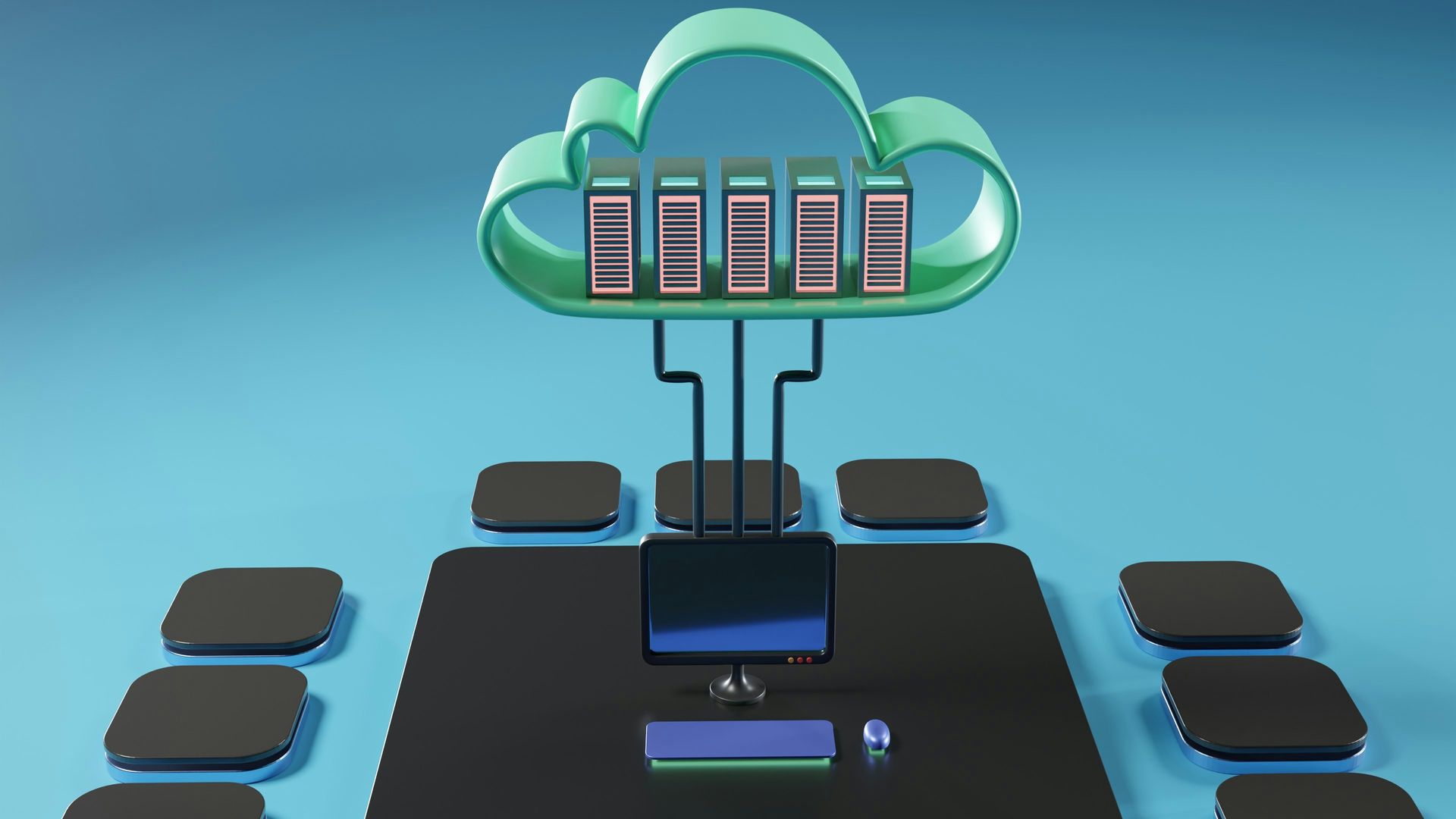How to stay on top of your small business' transactions

As a small business owner, it is important to stay on top of your financial transactions. This means tracking every sale and expenditure, in order to keep your business' finances organised. However, this can feel overwhelming when you first get started.
You need to track your transactions in order to stay on top of your business' finances and ensure that you are paying the right amount of tax.
In this article, we'll take you through how to track your business' finances and the different types of transactions that you need to be aware of. Let's dive in.
Daily business transactions
There are several different types of transactions that you need to track day-to-day for your small business. These include:
- Customer invoices
- Vendor invoices
- Payroll
- Banking transactions
- Customer cheques or deposit slips
- Cancelled cheques
These are just a few of the transactions that you need to track on a daily basis. Depending on the type of business you run, there may be other transactions that you need to track as well. For example, if you sell products online, you will also need to track inventory and shipping costs.
It's important to keep on top of these transactions, as they will give you a clear insight into your business' finances. This way, you can make sure that you are keeping accurate records and that your business is running smoothly.
Month-end transactions
At the end of each month, you will also need to track some additional transactions. These include:
- Bank reconciliation
- Accounts receivable
- Accounts payable
- Cheques and deposit registers
- Sales report
- Inventory ageing report
- Payroll register
- Monthly income statement
- Balance sheet
Tracking these transactions will give you a clear picture of your business' financial health. This way, you can identify any areas where you may need to make changes or improvements. You should also compare these transactions against the previous month, as well as the same month last year, to get a clear picture of your business' growth.
Year-end financial transactions
At the end of the year, you will need to track some additional financial transactions. These include your annual:
- Income statement
- Balance sheet
- Cash flow statement
These documents are important for tax purposes. They will also give you a good indication of your business' financial health for the year. This way, you can identify any areas where you may need to make changes or improvements before problems begin to pile up.
Cloud accounting software
It may seem impossible to keep track of all these transactions, but thankfully there are some tools that can help. Enter: cloud accounting software.
Cloud accounting software makes it easy to track your business' finances and see where your money is going. This way, you can make sure that your records are accurate and up-to-date.
With cloud accounting software, you can automate invoices, upload receipts via your smartphone, keep an eye on cash flow and generate detailed financial reports with the click of a button. This way, you can gain detailed financial insight into your business whilst also saving time.
There are many different cloud accounting software options available, we recommend Xero as our preferred software for business.
Each of these software options has different features and pricing plans. It’s best to speak to your accountant or financial advisor about the program and subscription package that best suits the needs of your business.
Keeping on top of your small business' financial transactions is essential for keeping accurate records and ensuring that your business is running smoothly. Trust us, in three months’ time, you’ll be extremely glad that you started tracking today.
Speak to one of the team at ADM Accountancy on 01242 679767 about our accounting packages.
More from our blog...

















